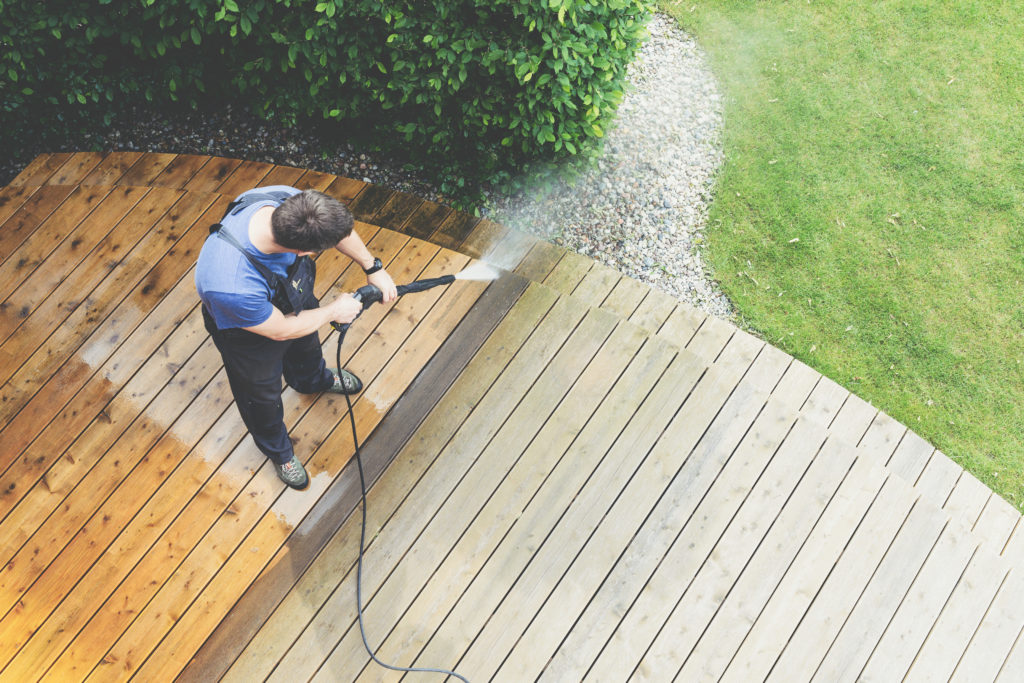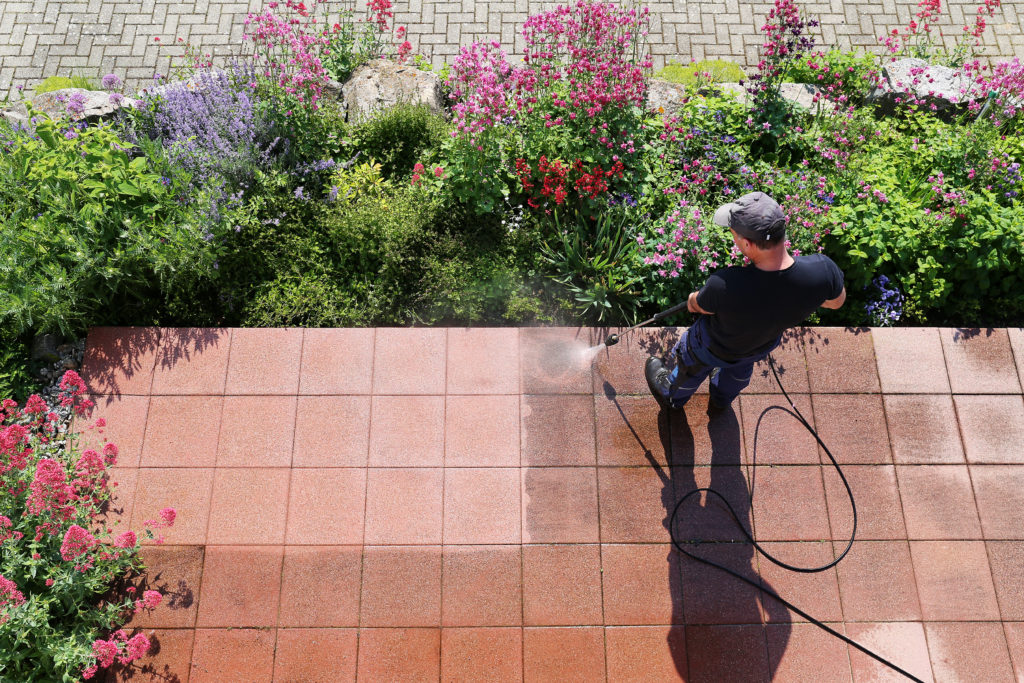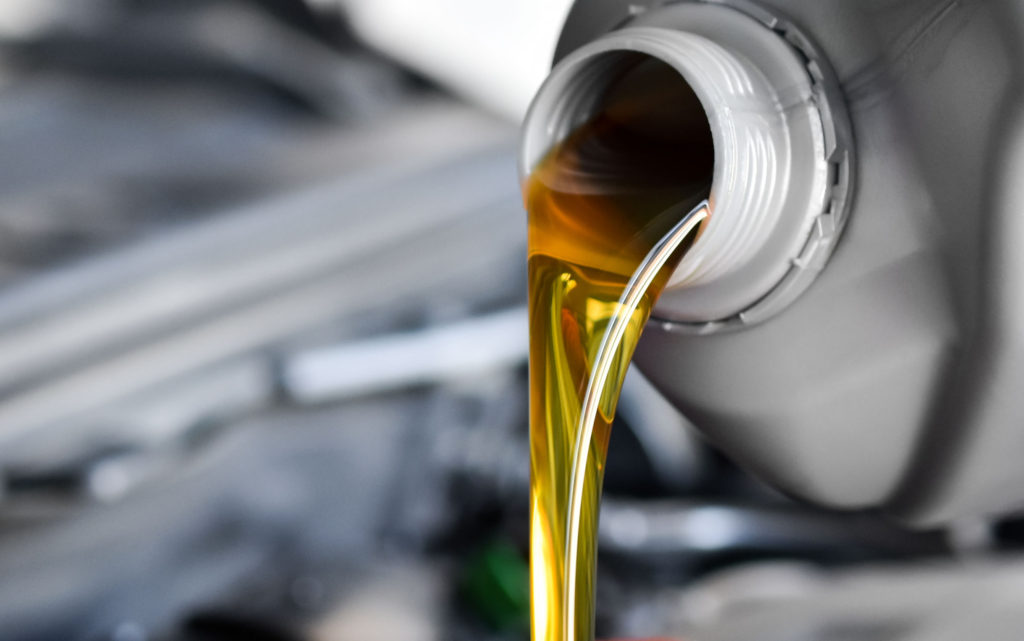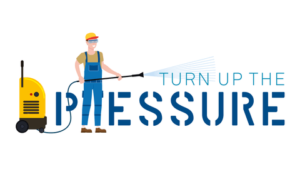
We have all run into problems with our tools and appliances, and pressure washers aren’t exempt from them. A washer that is pouring smoke is not usually a good sign; here’s what you might be dealing with.
A common cause of a smoking pressure washer is when the engine has been overfilled with oil. You can check this by setting the washer on a level surface, using the dipstick to check the oil level, and drain off the excess if necessary. You may also want to consider checking your motor for damage.
There are other problems and solutions to consider. Here are some good tips and fixes to know.
Common reasons for smoke
As mentioned above, an oil overfill is the most common reason for a smoking pressure washer. This is because oil often fills places it ought not to touch. There are, however, a multiplicity of other reasons for a smoking engine. One such reason is a bad fuel and air mix. This can be remedied by checking the engine choke. If the choke will not open enough, it will cause excessive amounts of smoke.
Pay attention to the color of the smoke that is coming out of your pressure washer. Gas powered units will often smoke a little when started up and even sometimes while running. Sometimes this is because the fuel and oil or the fuel and air have mixed slightly. Usually this does not merit too much alarm. However, if the problem persists, you may need to consider getting your pressure washer fixed or replaced. You may also need to have your washer tuned up. If it has been in storage for a prolonged amount of time, it may smoke a little.
Your pressure washer might also be smoking because the engine has become overheated. An overheated engine can happen for a variety of reasons. If you have an electric washer, it will probably only overheat if you leave it in direct sunlight for too long, otherwise, it should shut off automatically. Additionally, most washers can only be run for 5-8 minutes at a time. If you are running your washer for too long, that could be another reason it’s overheating.
One of the most common reasons for a smoking pressure washer is a broken motor and/or carburetor. If this is indeed the case, you will need to dismantle your machine and discover what is damaged. It’s possible that the motor itself will not need complete replacement just a repair, but if you’re unsure, consult a professional.
Solutions

This 8 step process is good for fixing a broken carburetor and/or motor. If followed to the letter, you should experience productive results.
Step 1: Shut it off. You do not want to attempt any sort of repair or replacement while it’s running, otherwise you run the risk of injury, whether by a burn or potential electrocution.
Step 2: Disassemble the washer. Remove all the parts that are attached to the body of the washer, including the hose. Once that’s done, remove the bolts and separate the rest of the parts (don’t lose any bolts!)
Step 3: Remove the motor and its casing. Once you have separated the parts of the washer’s main body, you will have access to the interior. Take out the detergent hose and separate the mains lead grommet from the motor’s casing. Afterwards, you should be able to take the cover off the motor.
Step 4: Separate the two motor cover parts. There are two clips that hold these parts together that you can remove with a screwdriver.
Step 5: Replace the switch and lever. To remove the switch, twist and work it away from the lever, then remove the lever by turning it 180 degrees. Now you will be able to install the new switch and lever by following the same instructions in reverse order. When you reengage the switch, make sure it connects to the pump control valve.
Step 6: (If Necessary) Replace the motor carbon brushes. These are usually attached to the motor with a spring. The spring will need to be moved out of the way so you can get the brushes out. Next, you will want to disconnect the electrical connectors which should come off with no problem. If it proves to be difficult to disconnect them, apply a little bit of pressure to pull them out of the way. If you have installed the brushes correctly, the spring should hold them in place with little difficulty. Reattach the electrical connectors when you’re done with the brushes.
Step 7: Put the motor back in its case. Once you have finished replacing all the carbon motor brushes and the switch, you can put the motor back inside its casing. Exercise caution while doing so; you don’t want any wires or main cables getting pinched by the casing.
Step 8: Place the motor and casing back into the washer’s main body. This won’t be hard if you’re careful. Follow all the previous instructions in reverse order, basically. Once you have reattached the detergent hose you can reassemble the main parts and screw all the bolts back into place. This should help your washer to stop smoking, however, if the problem persists, consider asking a professional to take a look at it.
Necessary maintenance

Pressure washers will obviously require repair and replacement from time to time, but if you take good care of your washer, those repairs can be kept to a minimum.
Routinely check your oil and fuel levels. If you have overfilled your tanks, there is a good chance the oil and fuel will mix which can lead to damage and smoking. Don’t overfill but don’t underfill either. Changing the oil as regularly as is necessary is also recommended. This will keep your engine well lubricated.
Checking your hose, nozzle, and water inlet screen for clogs is also a good idea. This will prevent any punctures from happening and keep the screen and hose from being damaged. These things will require replacement every little while, but doing these things will keep your washer in great condition.
